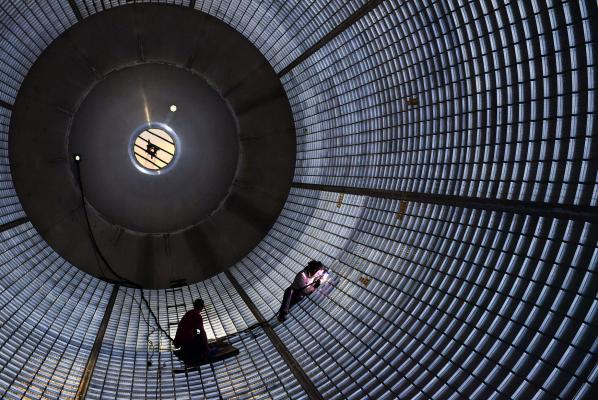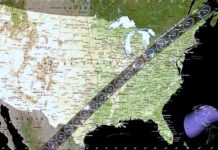
Feb. 16 (UPI) — The U.S. National Aeronautics and Space Administration on Wednesday indicated that President Donald Trump may want the United States to resurrect its pioneering spirit in outer space — much the same way another American leader did five decades ago.
Acting NASA Administrator Robert M. Lightfoot, Jr., sent a memo to employees Wednesday saying he had instructed the agency to work up a feasibility report on adding astronauts to its planned EM-1 flight late next year.
The mission, which is currently unmanned, will launch NASA’s new Space Launch System rocket with an Orion capsule. The spacecraft would orbit the moon and return to Earth. The agency’s EM-2 mission, scheduled for years later, was supposed to be the spaceflight to carry humans.
Lightfoot’s directive, though, raises the possibility that NASA will instead put astronauts near the lunar surface far sooner than expected.
EM-1 was planned as a test flight for both the SLS and Orion craft, with the expectation they would facilitate astronaut missions in the future — including a manned mission to Mars.
Placing humans on EM-1 could also speed up NASA’s return to the moon’s surface.
The SLS is a heavy expendable launch vehicle designed by Boeing to succeed the canceled Constellation program and replace the Space Shuttle. The Orion craft, manufactured by Lockheed Martin, is intended to carry up to four astronauts to low Earth orbit and beyond.
“The possibility of NASA accelerating the timeline to put humans into the vicinity of the moon and onto Mars is exciting,” Boeing said Wednesday.
Because both spacecrafts have yet to be completed and are still in the development stage, experts say adding astronauts to EM-1 would require substantial work and cost.
“I know the challenges associated with such a proposition, like reviewing the technical feasibility, additional resources needed, and clearly the extra work would require a different launch date,” Lightfoot wrote in the employee memo. “That said, I also want to hear about the opportunities it could present to accelerate the effort of the first crewed flight and what it would take to accomplish that first step of pushing humans farther into space.”
It’s unclear how likely an attempt to man EM-1 is to succeed. Wednesday’s memo to even explore the idea of ramping up next year’s spaceflight is unusual for NASA, which had planned for years before putting Astronauts in space on past excursions.
Trump’s motivation to get aggressive, advisers say, may be to send a message to China that the United States intends to maintain its dominion in space — much in the same way former President John F. Kennedy did with the Russians.
Kennedy famously pledged in 1961 to beat the Soviet Union and put a man on the moon by the end of the decade. His assassination two years later kept him from witnessing the fruition of that goal in July 1969.
To this day, the United States is still the only country to send a manned mission to the moon, having landed on the lunar surface six times between 1969 and 1972. NASA was set to return in 2020 under former President George W. Bush‘s Constellation program, but that endeavor was canceled in 2010 by former President Barack Obama.






